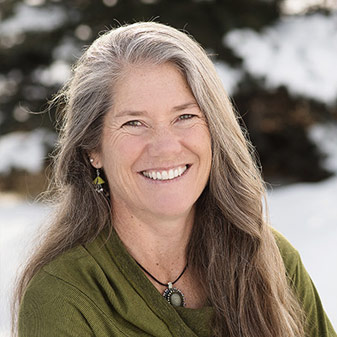DOWNLOAD THE FULL REPORT
The federal government’s program to raise entrance and user fees in national parks and forests is an important step in the right direction, says PERC researcher Holly Fretwell.
In her new paper, “Paying to Play: The Fee Demonstration Program,” Fretwell points out that fees provide a new source of funding for our badly deteriorating parks and other public lands. The Fee Demonstration Program is an experiment that is scheduled to end in 2001. Fretwell recommends that it be continued and expanded.
The current system of financing recreation on public lands, through taxes, has had a “detrimental impact on public lands,” says Fretwell. “It has led to poor maintenance, excessive spending, and neglect of natural resources.” Because the current system relies on congressional appropriations, park and forest managers must cater to Washington politics. For example, Yellowstone National Park has an outmoded sewer system that has discharged raw sewage into native trout streams. Yet Glacier National Park rebuilds a little-used backcountry chalet system at the behest of Montana’s congressional delegation.
The fee demonstration program, which Congress instituted in 1996, is beginning to change this state of affairs. Parks and other federal sites are charging realistic fees and most of these revenues are kept within the unit where they are collected.
Although congressional appropriations are still the major source of funds for our public lands, the fee demonstration program is providing millions of dollars for much-needed repairs such as rebuilding trails at Natural Bridges National Monument in Utah. It is enabling Grand Teton to conduct wildlife surveys and has made it easier for many park visitors to obtain entrance passes. Surveys indicate that visitors generally endorsed the fees, as long as they are used in the parks.
Fretwell’s paper, part of the PERC Policy Series, is available from PERC as well as on this web site.
Download the full report, including endnotes and references.




